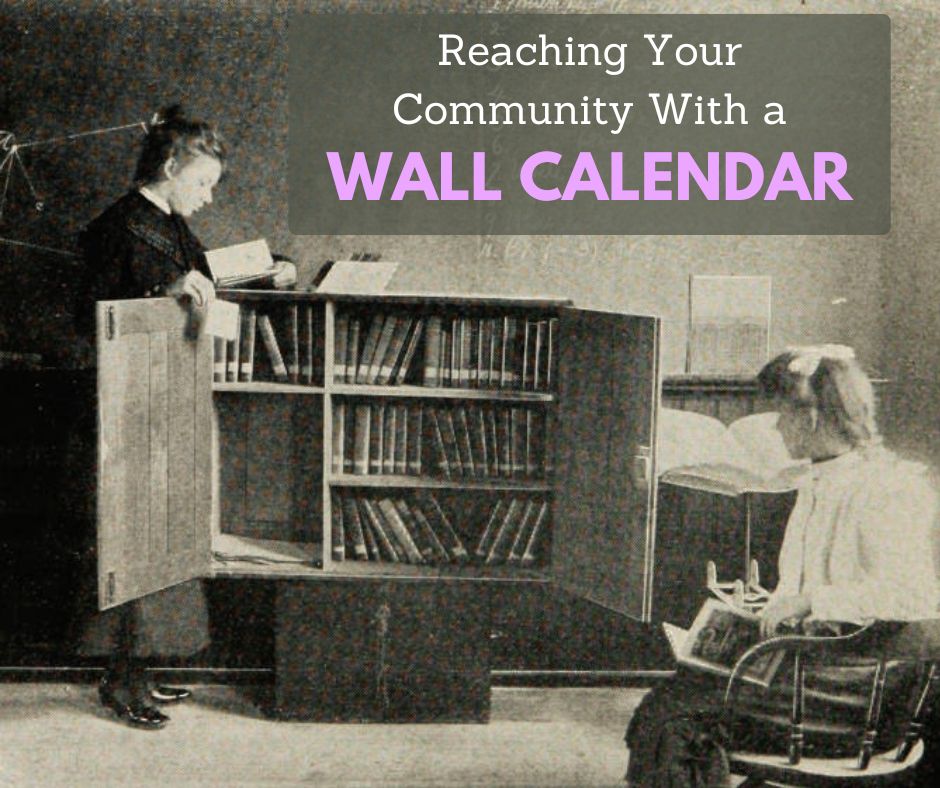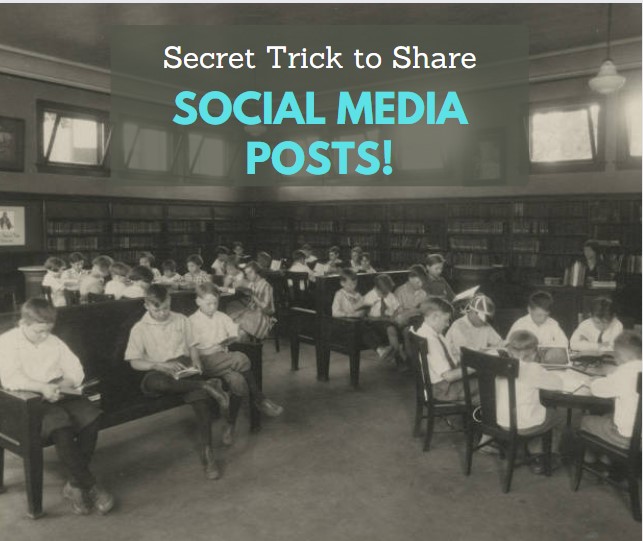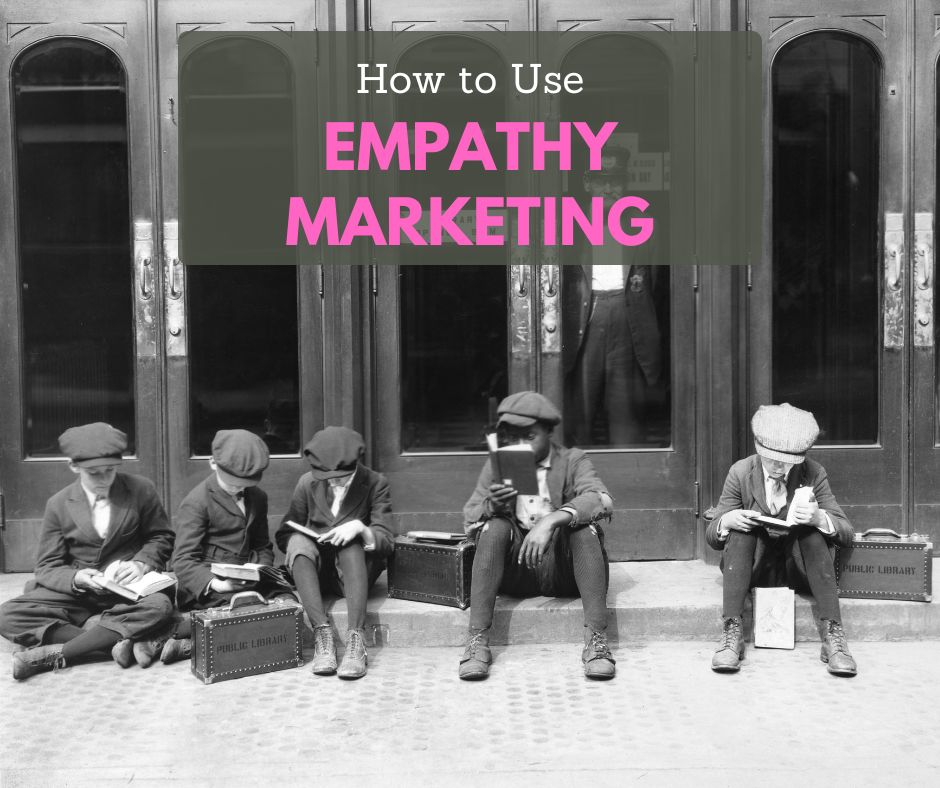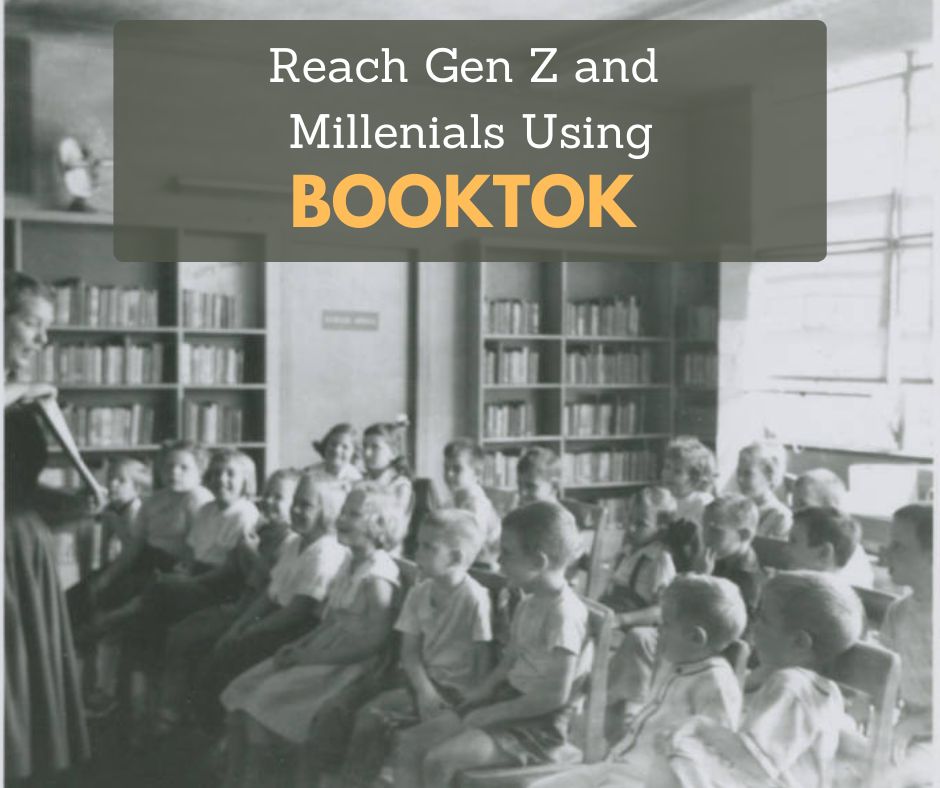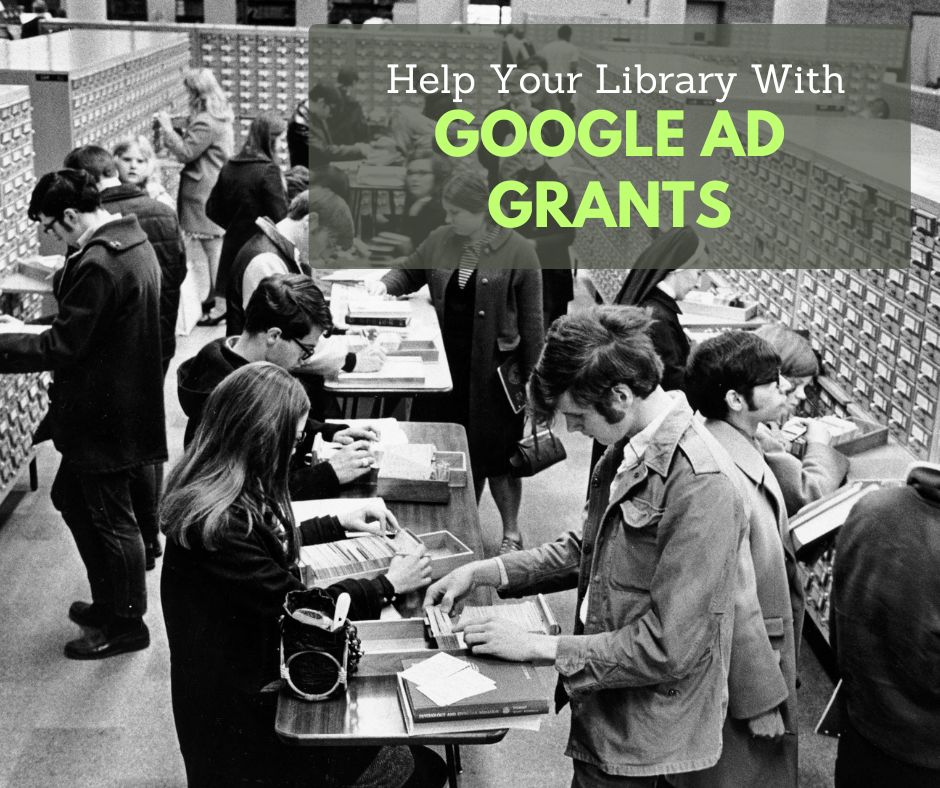
Five years ago, I was listening to an episode of a library podcast about Google Ad Grants, which offers $10,000 monthly advertising credit to qualified nonprofits. Thousands of nonprofits use the program. You apply once, and the grant continues indefinitely.
Wow!
Many libraries have taken advantage of this program since it was launched in 2004. Some of those libraries collaborate with a company called Koios, currently run by Maggie Carson and Peter Velikonja.
Koios is a member of Google’s Certified Ad Grant Professionals group, which has been vetted by Google to manage ad grants. It is the only member of this group specializing in public libraries.
Koios has successfully applied for and managed Google Ad Grants for public libraries since 2017. That grant money has been used to promote catalog items, educational resources, passport services, business and career resources, summer reading programs, and more.
“Library marketing professionals know that different online audiences are reached in different ways,” says Peter. “Advertising with Google reaches everyone. That makes it the best way to reach new people, including, critically, the underserved.”
Peter says paid search using a Google Ad Grant may represent 25 percent or more of a library’s overall website traffic, depending on the size of the library’s service population.
“Ads appear at the top of search results – where they are most likely to be seen,” explains Peter. “Since libraries are trusted institutions, people are more likely to click on an ad for a library than a commercial ad.”
“At an average of $2 to $3 per click, a library can potentially bring about 4,000 visitors per month to its website, mostly new people who were not necessarily thinking of a library but were searching for something. It presents a library with an opportunity to show up at the right time with the right information, to the right person.”

And what does Google get out of this deal?
“Google’s primary motivation, we believe, is to perform a social good by helping nonprofits,” says Maggie. “But the program also helps Google fill unused advertising space. It’s like having an empty billboard – better to put something up for free than to leave it blank and potentially leave the impression that the space is not valued.”
A library can apply online here.
“First, you create a Google for Nonprofits account,” explains Maggie. “Google will verify your foundation or friend’s group nonprofit status through their partnering organization, Percent, after which you can submit an Ad Grants application. The process generally takes a couple of days or a week. For libraries that would like help applying, Koios will gladly guide you for free.”
Google Ad Grants are not competitive grants, but there are some details and requirements to be aware of.
“Nonprofits with 501(c)3 status are eligible, so a library should apply through their Friends or Foundation,” suggests Maggie. “Google will also review the library’s website for quality and security issues; it will reject websites that are not https-enabled or do not meet their quality standards.”
Once a library is accepted, someone from the library will need to do ongoing research and keep up to date on compliance.
“Google’s policies require active management of advertising accounts, which means they expect you to check the account at least once per month,” explains Maggie. “Google has a set of policies to follow, and they regularly issue updates to these policies or create new ones.”
According to Peter, it takes some ingenuity and persistence to get the full value from an Ad Grant. Google says the average spent is only 17 percent of the full value of the grant. Google does offer some automated options for account management, which may be the best choice for busy staff. Koios can also manage the grant.
“First, we apply for an Ad Grant on behalf of a public library,” says Peter. “It is not complicated, but we have experience working out glitches that may come up in the application process.”
“Then we set up the Google Ads account that comes with the grant – we do all that for free because we want libraries to use the resource, whether we are involved or not. After that, a library can manage the account themselves, or we can do it for a yearly fee.”
“Most libraries choose to have us manage the account because we can exercise it more fully. We promote a library’s online catalog, which contains hundreds of thousands of terms and concepts that can match the words and phrases people search for. It’s a sort of Big Data capability libraries don’t usually have.”
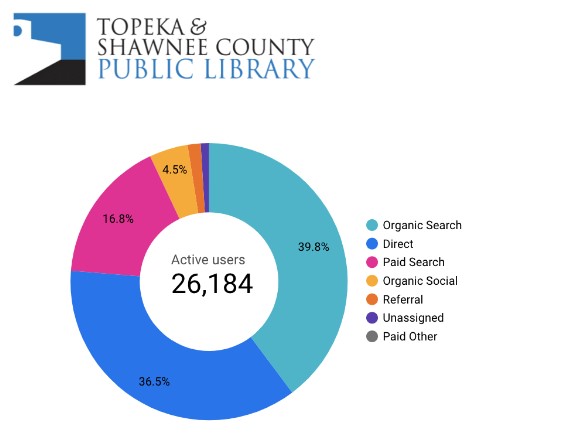
Like most library vendors, Koios prices its services by the size of a library’s service population.
“Given the potential of receiving up to $120,000 per year in advertising credit, our subscription fee presents an excellent return on investment,” declares Maggie.
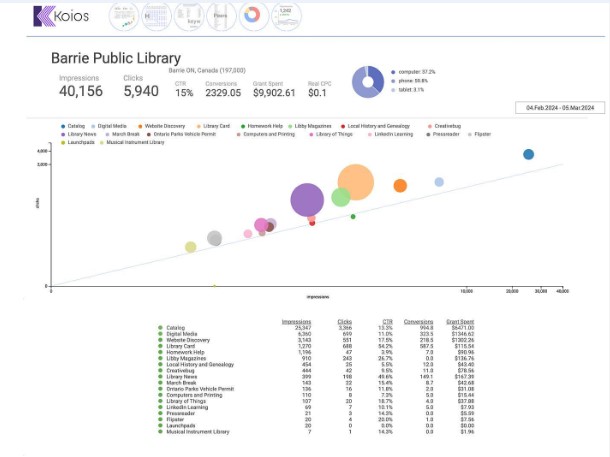
If you’re interested in learning more about Koios and Google Ad Grants, email Maggie and Peter at info@koios.co.
P.S. You might also find this helpful
The Clever yet Simple Trick One Library Marketer Uses To Remind Her Community of All Her Library Offers Every Day of the Year!
Subscribe to this blog and you’ll receive an email whenever I post. To do that, enter your email address and click on the “Follow” button in the lower left-hand corner of the page. You can also follow me on the following social media platforms:
